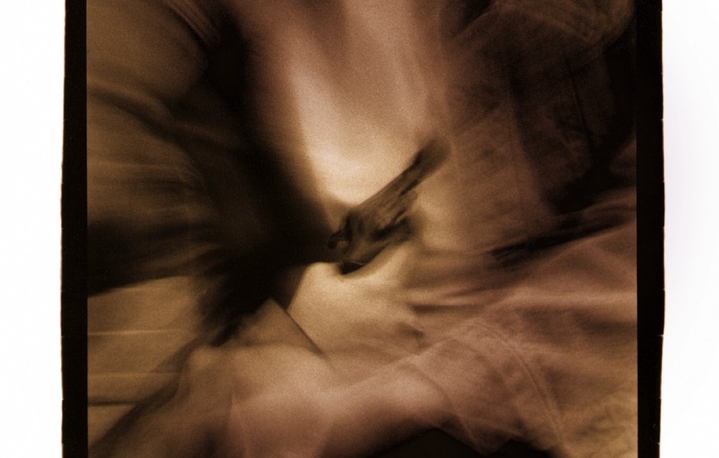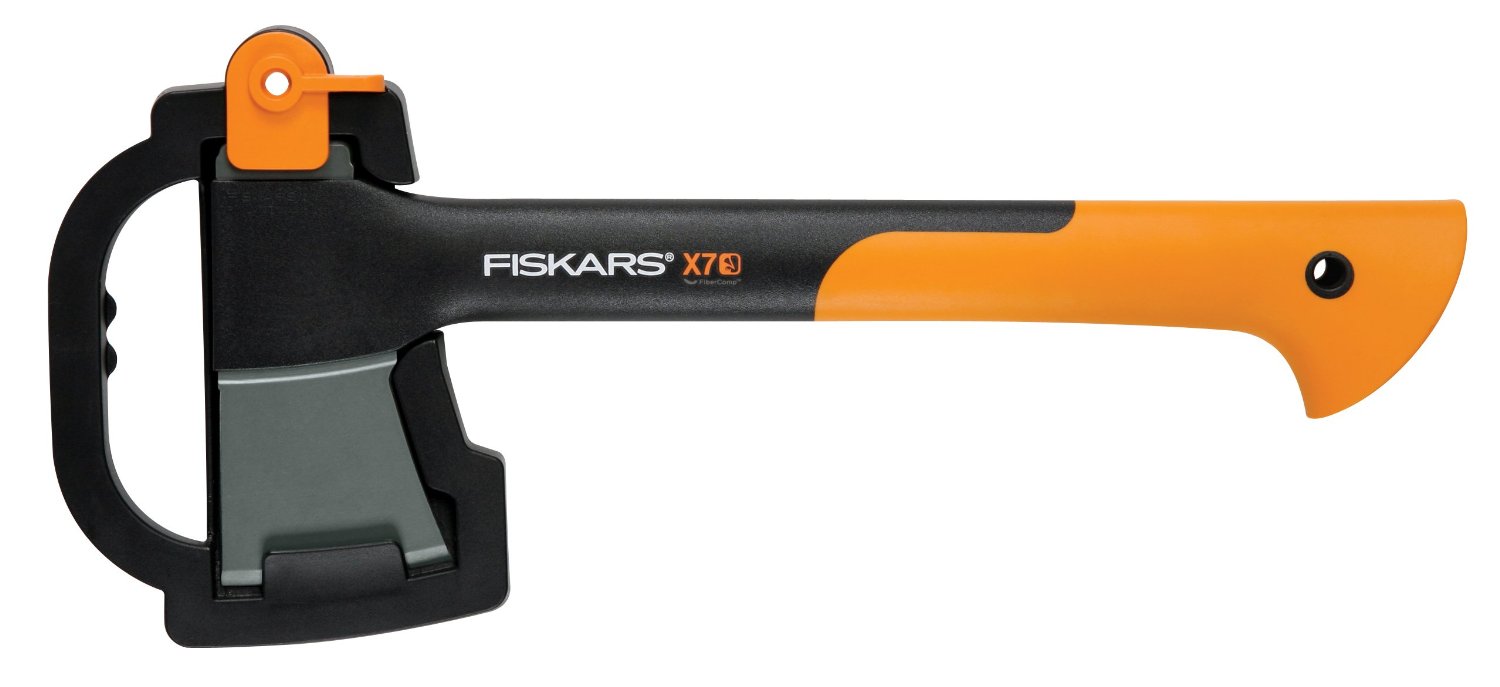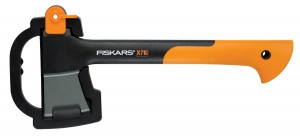Backpack for Survival

Before you can put together a survival backpack, you first need the right backpack. Having the right pack is important because, after all it will contain all the essential items that will keep you alive in a survival situation. Your pack should be water resistant or even waterproof. It should have kidney straps for securing the pack around your waist, along with ample padding. The waist straps will reduce the weight on your shoulders, and transfer it to your hips, and it keeps the pack from banging against your lower back as you walk.
People tend to overload their packs and this is problematic. A few hours along the trail and they have to decide what goes and what stays. They simply cannot handle the weight. Be honest with yourself and realistic. Your bag should be around 50 pounds. You should have about 25lb/11kg of water, and the rest food and gear. Water weighs 8.5lb/3.8kg per gallon and the recommended daily amount per person is one gallon. To lessen the weight on your shoulders and to allow more room for other items use a weight bearing web belt for around your waist. Use canteens that have pouches that can attach to the belt. Have one canteen on each side, and as you use the water from the canteens replenish from the pack. Do not carry water in gallon containers, because this makes the weight distribution difficult.
A note about water, the average adult requires between 2.0 and 2.5 quarts/liters of water daily just to maintain proper hydration levels. In extreme heat, you may require up to one gallon of fluids daily. The one-gallon a day recommendation under normal conditions considers personal hygiene requirements such as sponge baths and oral care. Do not forgo personal hygiene if water is available, this will help prevent illnesses by reducing the spread of bacteria.
Your pack should also have straps either on the top or bottom to attach a sleeping bag, poncho, tarps or a tightly rolled nylon tent. This frees up room inside the pack and distributes the weight evenly. If you do not have, straps use paracord to attach rolled items.
Military issue Alice Pack this pack can hold up to 80 pounds of gear and comes with a metal frame. The pack can be worn with or without the frame. Your pack should have straps and/or buckles on the harness for attaching flashlights, compass, knives, machetes or hatchets.
Pack Essentials
Your priorities are shelter, water, fire and nutrition you cannot survive without these. It is assumed you would have cold weather clothing on if it is cold and if the weather is temperate then add a cold weather coat, gloves and hat for changes in the weather. You will not have enough room to pack to many extra clothes, but you must have extra socks.
Socks will need to be changed quite frequently regardless of the weather. Sweating feet will cause blisters and if your feet become wet, they must be dried as soon as possible to prevent trench foot. Trench foot is a medical condition caused by prolonged exposure to cold wet conditions. If left untreated this condition can cause permanent damage and result in gangrene and amputation. Trench foot is not a result of frostbite. The temperature does not have to be below freezing to develop trench foot.
Water of course is a priority and along with your supply, you should have water purification tablets, and coffee filters so you can collect, filter and purify a water source along the trail.
Avoid canned foods because of the weight, instead consider Meals Ready to Eat (MRE’s). The packages are lightweight and are not easily damaged so they can be packed tight inside the bag. Each meal is roughly 1,220 calories each and the daily recommendation for an adult is two meals a day. You can also carry beef jerky and protein bars. Avoid high sodium and high sugar content foods.
Carry a quality fixed bladed knife many experts will tell you a quality knife is one of the most important items you can carry. You should also have a multi-tool knife.
Make sure you have rain gear such as a poncho and it must be large enough to cover you and your pack when shouldered. A quality poncho can also be used as an emergency shelter. Carry a small nylon tent if you have the room.
Have a sleeping bag, appropriate for the season, and keep it tightly rolled and secured outside the pack. Have two thermal blankets so one can act as a ground cover. Carry one or more nylon tarps that can be rolled tightly and secured outside the pack. Use for emergency shelter or ground cloths.
Carry fire-starting tools such as a magnesium stick, and Ferro rod in addition to matches. Have a camp axe, machete and/or a folding wood saw. Have nylon rope, fishing line and assorted hooks and tackle. Carry 20-24 gauge wire for animal snares, general bindings and gear repair.
Have a first aid kit along with personal hygiene items such as hand sanitizer, bath wipes and oral care items. Carry extra bandanas, sunglasses, flashlight, and personal protection. Consider a collapsible walking stick as well.






